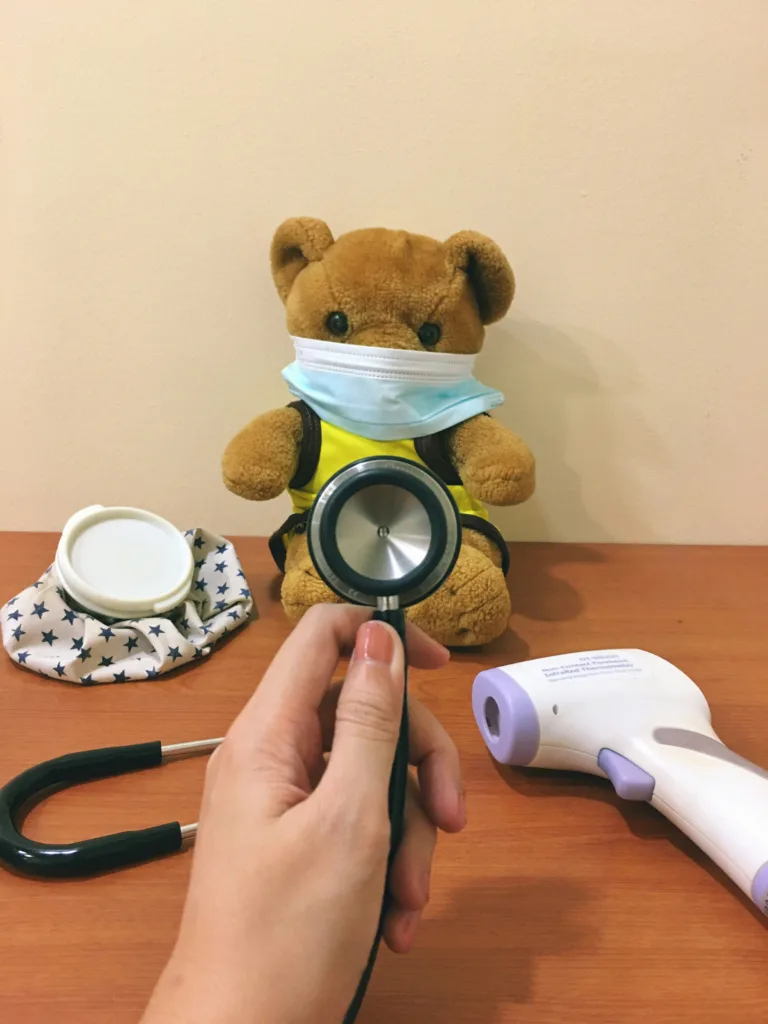Imagine you’re in a situation where a tiny heartbeat falters, and it’s up to you to jump-start it back to rhythm. That’s the critical moment when knowing infant CPR can make the difference between life and death. Infant CPR is a life-saving technique specifically tailored for babies under the age of one, involving delicate chest compressions and gentle rescue breaths designed to resuscitate a child who has stopped breathing or whose heart has stopped.
The Fundamentals of Infant CPR
Infant CPR stands out due to its specialized approach tailored to an infant’s physiology. When dealing with their small, delicate bodies, the standard CPR procedures for adults and older children simply won’t do. Recognizing a cardiac emergency is different for infants; signs may include a lack of responsiveness, difficulty breathing, or an absence of normal skin color and tone. Acting swiftly and correctly is paramount to increasing the chances of survival.

Preparing to Perform Infant CPR
- Ensuring Scene Safety: Before you dive in, make sure the environment is secure for both the infant and yourself. This means checking for any potential hazards that could endanger you or further harm the child.
- Quick Assessment: Gently stimulate the infant to see if there’s any response. Look for any signs of consciousness or normal breathing.
- Emergency Services: If you’re not alone, designate someone to call 911 immediately. If you’re alone, provide two minutes of care before making the call yourself.
Step-by-Step Infant CPR Procedure
When performing CPR on an infant, you’ll need to place two fingers at the center of the chest and push down about one and a half inches. Timing is crucial; you want to aim for 30 gentle compressions followed by two rescue breaths. This cycle is crucial and should be repeated until help arrives or the baby starts to breathe normally.
Advanced Infant CPR Techniques
- Choking and Airway Obstruction: In addition to CPR, it’s important to know how to manage a choking infant, which involves a series of back slaps and chest thrusts to clear the airway.
- Using an AED: Automated External Defibrillators are not commonly used on infants, but having the knowledge is vital. If available, use a pediatric setting or pediatric pads.
Prevention and Risk Reduction Strategies
The best way to tackle emergencies is to prevent them. Childproofing your home to eliminate risks and educating anyone in contact with your infant about potential dangers are crucial first steps. Additionally, spreading knowledge about infant CPR can empower more individuals to respond confidently during an emergency.
Training and Certification
Learning infant CPR isn’t just for healthcare professionals; parents, guardians, and babysitters too can benefit hugely from getting trained and certified. Thankfully, numerous organizations offer courses that are readily available. Regular practice sessions help maintain proficiency, and keeping your certification up to date ensures you’re always prepared.
Common Misconceptions and Myths about Infant CPR
Many people hesitate to perform CPR on infants because of misconceptions they’ve heard. Some believe that CPR is the same regardless of the patient’s age, which is simply not true. Others worry about causing harm due to incorrect technique. By educating yourself and dispelling these myths, you can act confidently in the critical moment.
The Psychological Aspect of Performing Infant CPR
It’s normal to feel overwhelmed during an emergency, especially when an infant’s life is in your hands. However, understanding how to manage your own emotions is an essential part of responding effectively. After such an intense event, it’s also important to provide support to those involved, particularly the parents and caregivers who may be dealing with significant stress and trauma.
